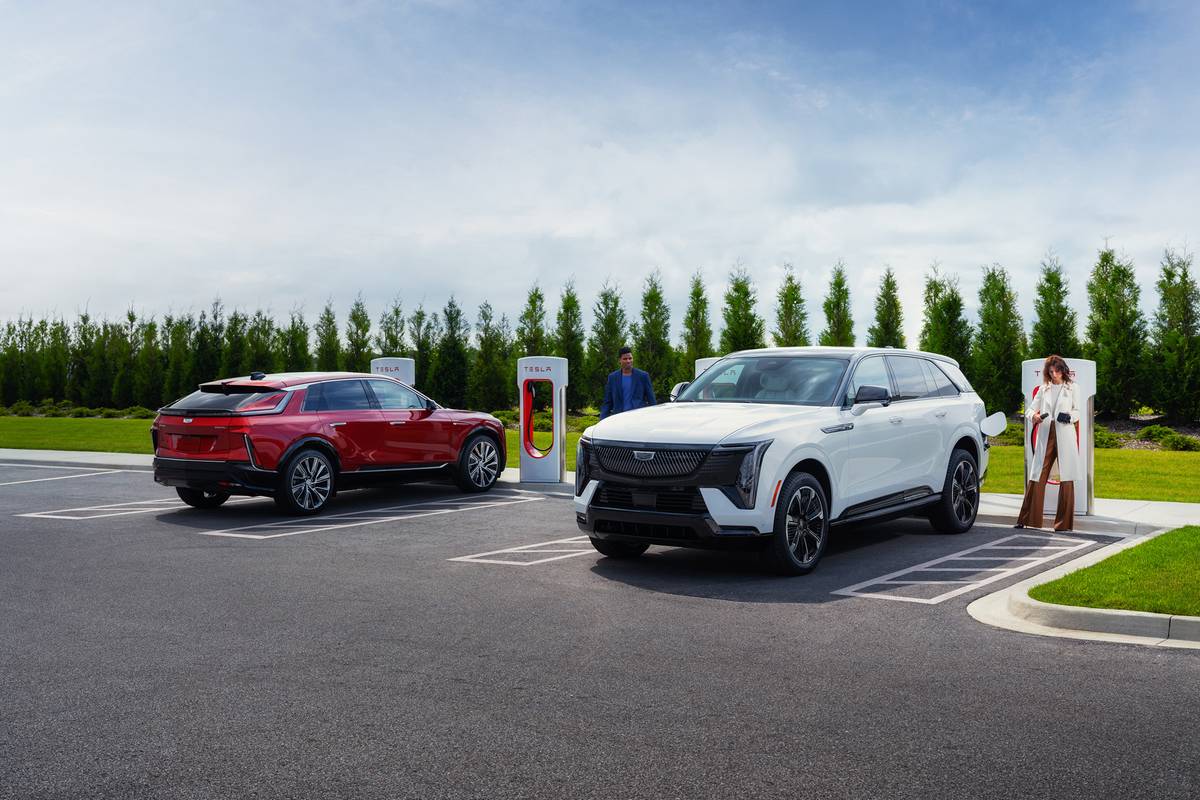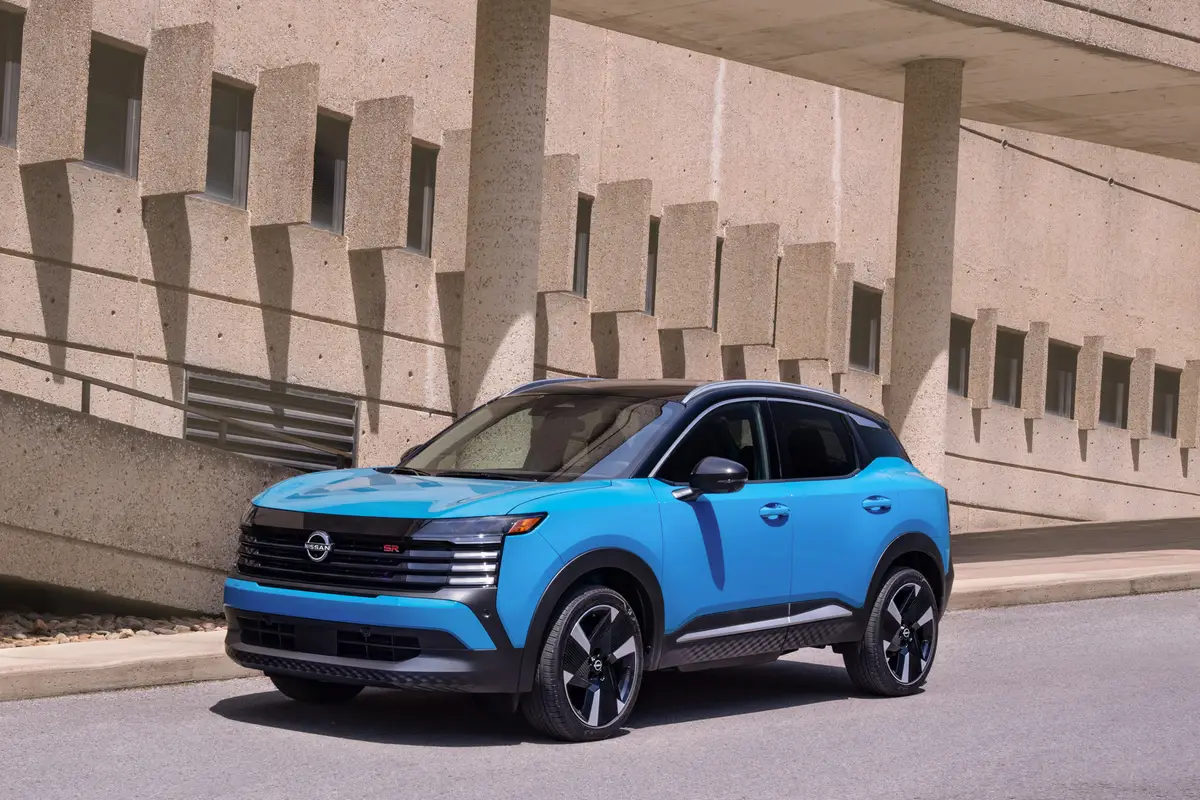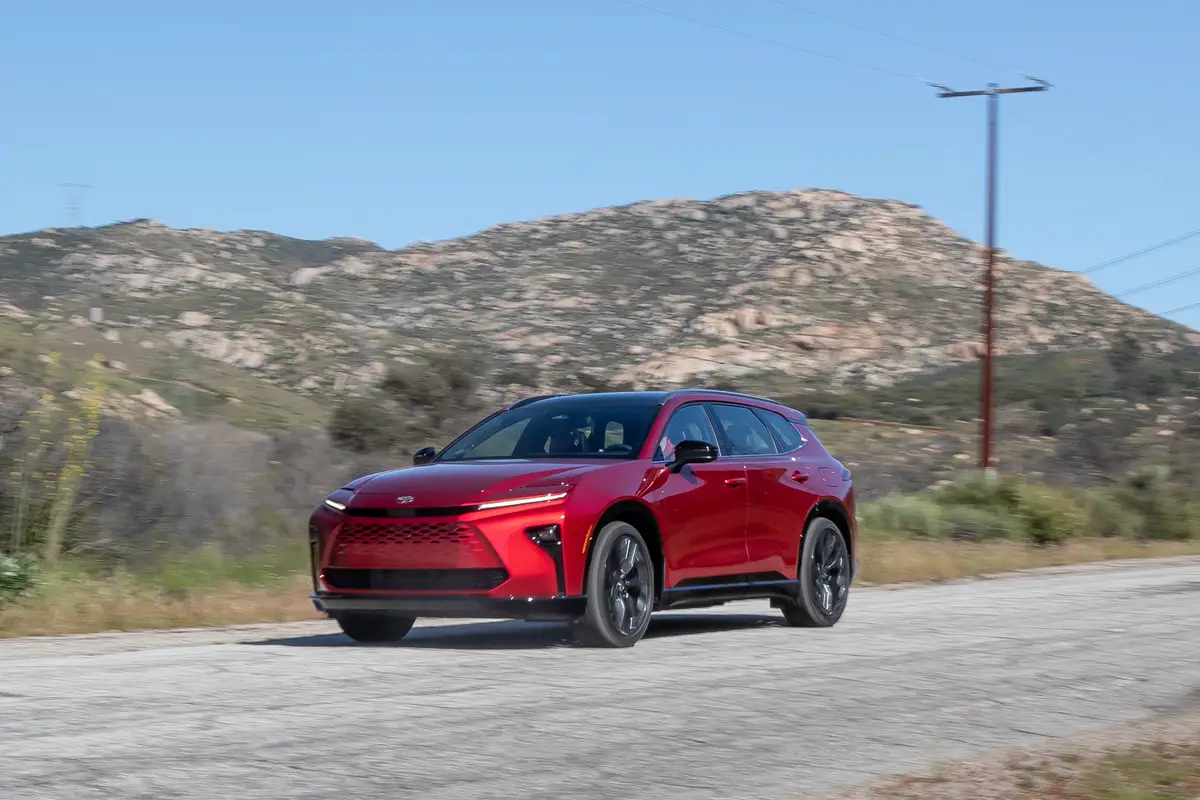Star-Telegram.com's view
Nissan has rolled out the seventh generation of its flagship Maxima sedan for 2009, but the Japanese automaker doesn’t want consumers to think of it as “just a sedan.”
Instead, the company calls the redesigned Maxima a “four-door sports car,” insisting that it’s returning to its roots after languishing for a few years as essentially just a fancier version of the lower-priced Altima family sedan.
Built at the company’s Smyrna, Tenn., plant, the new Maxima nevertheless is the top sedan offering in Nissan’s lineup, and will be purchased by most buyers for what it really is – a premium family sedan that not only has great curb appeal, but also is a real kick to drive.
I’d stop short of calling it a sports car, though, because Nissan already has two of those, and their performance outclasses the Maxima quite easily. One is the redesigned 2009 370Z, and the other is the new GT-R super car.
Nissan offers two versions of the Maxima: the base S model, with a starting price of $30,160 (plus $695 freight); and the uplevel SV, which we tested, with a base price of $32,860.
Prices of both models were bumped up in October, as was the freight charge, after the new model had been on sale for a few months. It began arriving at dealerships in early summer, and our test vehicle, made before the price increases, showed a base sticker price of $31,990 plus $660 freight.
With options, our tester topped out at $35,130, but with the price and freight increases, would now list for $36,035.
Nissan says the new Maxima is an important vehicle in its lineup because it showcases the company’s best efforts in styling, performance and technology.
The car is one of Nissan’s all-time most-popular models, and it also has a history of longevity. It was originally introduced in the early 1980s, and four of every five Maximas ever sold are still on the road, the automaker said.
Maxima buyers traditionally “are the most loyal customers to Nissan,” said Al Castignetti, vice president and general manager of the Nissan brand for North America.
The Maxima falls into the same class as the Toyota Avalon and higher-end models of the Honda Accord, but it has more emphasis on performance than those competitors and appeals to a much younger audience.
It’s common to see successful professionals in their mid-30s to late-40s driving the Maxima, while Toyota says its Avalon is designed for buyers age 60 or above.
Because of its prices and its appeal to an affluent clientele, the Maxima is more closely related to premium sedans such as the Acura TL, Lexus ES 350 and Infiniti G35, all of which come with similar 3.5-liter V-6 engines and sport or luxury features.
The car has always had a sporty feel to it, something Nissan designed into the vehicle to help make it stand out, the company said.
“In recent years, however, competitive vehicles have caught up with Maxima in sporty looks and performance,” Castignetti said. “For 2009, Nissan is reclaiming its rich four-door sports car heritage with an infusion of emotional design, driving excitement and advanced technology” in the new Maxima.
The design was inspired by the GT-R, the company said, and goals in the makeover process included creating “the best performing front engine, front-wheel drive car in the world,” Nissan said.
Attributes designed into the car were “class-leading acceleration, braking, handling, workmanship and cockpit design,” the company said.
In keeping with its sporty nature, early prototypes were tested at Germany’s famed Nürburgring race track. From those trials, Maxima engineers learned what tweaks needed to be made to the suspension, steering and transmission to accomplish the goals of making it a true sport sedan, the company said.
Although Nissan long has been known for innovative exterior designs, Castignetti said the new Maxima needed to push the design envelope even farther, creating a “wow” level of style to distinguish it from its competitors.
The new Maxima’s “deeply sculpted” body is a style that “is seldom used for mass-market vehicles because of the engineering and manufacturing complexity,” Nissan said.
Nissan used the new “D” chassis of the redesigned Altima for the 2009 Maxima, but altered it significantly to give the car its sporty handling.
The new Maxima has a 109.3-inch wheelbase, 1.9 inches shorter than the ’08 model. It’s 73.2 inches wide, which is an increase of 1.5 inches. The track was widened to give the car more stability, particularly in tight turns, Nissan said.
Under the hood is a revised version of the 3.5-liter V-6 engine used in the 2008 Maxima and other Nissan cars, including the Altima. But horsepower has been increased by 35 over the ’08 Maxima, yet the car has the same EPA ratings – a respectable 1 mpg in the city and 26 on the highway.
The engine, rated at 290 horsepower and 261 foot-pounds of torque, is connected to a new continuously variable automatic transmission that has a manual-shift feature with optional steering-wheel-mounted paddles.
If the car were truly a sports car, though, a manual transmission would at least be optional.
Standard safety features include electronic stability control, traction control, front seat-mounted side air bags, front and rear side-curtain air bags, four-wheel antilock disc brakes with electronic brake-force distribution and brake assist, and a tire-pressure monitoring system.
Even the base model comes well-equipped, with such standard features as a moon roof, eight-way power driver’s seat and four-way power front passenger seat, dual-zone automatic climate control, cruise control with illuminated steering-wheel-mounted controls, pushbutton start, power windows/mirrors/door locks, AM/FM/compact-disc audio system with six-disc changer, and an available interface for iPod.
While 18-inch wheels are standard, 19-inch alloy wheels are available.
The SV model adds leather sport seats, a Bose premium audio system, fog lights, and outside mirrors with turn-signal indicators.
Options include a navigation system with real-time traffic information, XM satellite radio, a dual-panel panoramic sunroof, rear spoiler, high-intensity headlights, Bluetooth hands-free phone system, memory front seats, heated seats and steering wheel, and heated outside mirrors.
Our tester didn’t have navigation, but did come with a $2,300 Sport package that added a sport-tuned suspension, the 19-inch alloy wheels, the rear spoiler, high-intensity-discharge headlights, upgraded “premium” leather seats, the heated front seats, the manual-shift paddles, heated/power tilt-and-telescopic steering wheel, rear bucket seats (but with room for three), XM satellite radio, rear-seat trunk pass-through, metallic interior trim, Bluetooth connectivity, and even a self-dimming driver’s side mirror.
The only other extra on our tester was the five-piece floor- and trunk-mat set ($180).
The automotive columns of G. Chambers Williams III have appeared regularly in the Star-Telegram since 1995. Contact him at 210-250-3236; chambers@star-telegram.com.
2009 Nissan Maxima
The package: Midsize, four-door, five-passenger, V-6 powered, front-wheel drive, premium sport sedan.
Highlights: Redesigned for 2009, this is Nissan’s flagship sedan, which the company now calls a “four-door sports car.” It’s quite fun to drive, has lots of power, and comes with a host of standard amenities and safety features.
Negatives: No manual gearbox offered for those who want a sportier driving experience; requires premium fuel.
Engines: 3.5-liter V-6.
Transmission: Continuously variable automatic.
Power/torque: 290 HP/261 foot-pounds.
Length: 190.6 inches.
Curb weight: 3,556-3,579 pounds.
Brakes, front/rear: Disc/disc, antilock.
Trunk volume: 14.2 cubic feet.
Side air bags: Front seat-mounted, roof-mounted side-curtain for both rows, standard.
Electronic stability control: Standard.
Fuel capacity/type: 20 gallons/unleaded premium.
EPA fuel economy: 19 mpg city/26 highway.
Major competitors: Toyota Avalon, Honda EX V-6, Hyundai Genesis V-6, Lexus ES 350, Acura TL, Audi A4, Volkswagen CC, Volvo S60.
Base price range: $30,160-$32,860 plus $695 freight.
Price as tested: $36,035 including freight and options (SV model; updated price).
On the Road rating: 9.3 (of a possible 10).
Prices shown are manufacturer’s suggested retail; actual selling price may vary.
Latest news



